The three digital media classes were tasked with researching a famous photographer then take an image inspired by the images they had researched. The results were so good, we asked them if we could share some of our favorites here as a special summer edition Tuesday Top 10 photo essay. Thankfully, these creative image makers said yes.
Riley Pita
Why Maria Svarbova is famous:
- Captured for Forbes, Vogue, CNN, Apple
- Most Famous work “Swimming Pool”
- Creates dream-like scenes
- Often brighter colors and symmetrical
- Ordinary things reframed and reimagined
Why I chose her:
- Bright contrasting colors and lighting
- Captures swimming in different light
- Angles and mirrors
Maria Svarbova photo inspiration:
View this post on Instagram
My emulation:
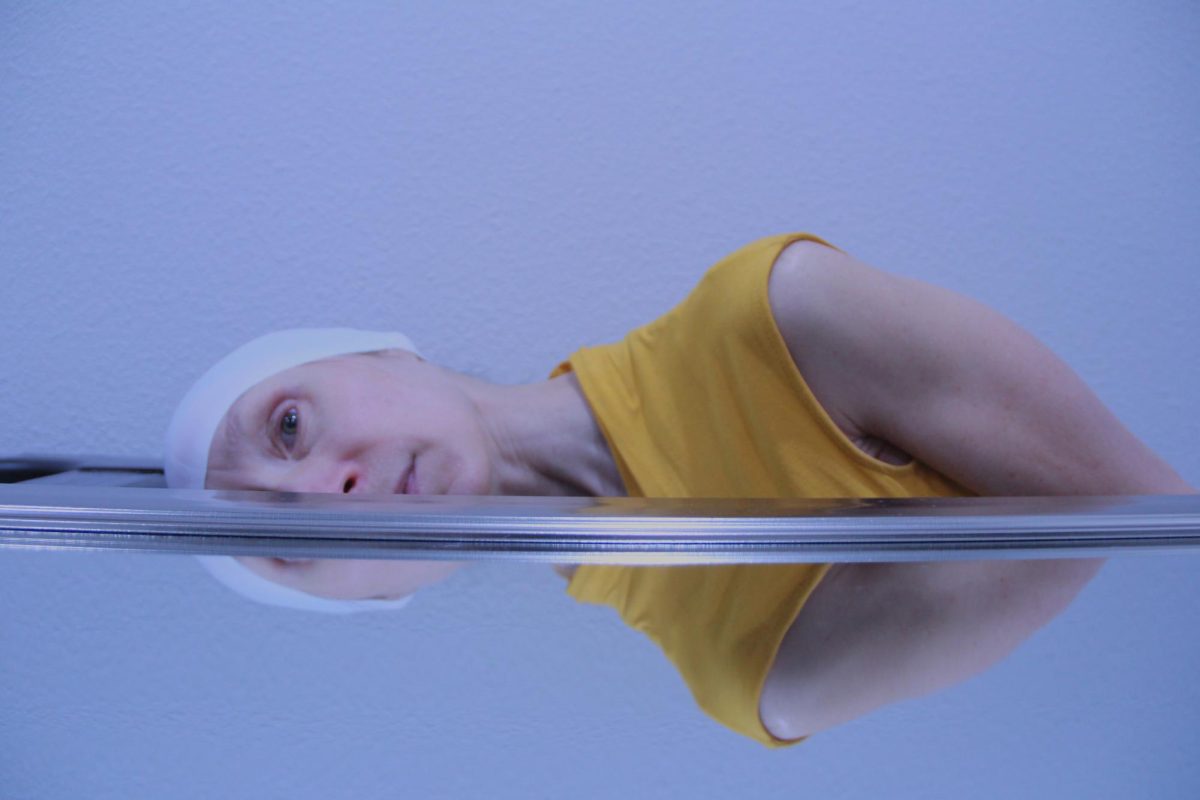
Carson Duncan
Why William Wegman is famous:
- Photographer, filmmaker, painter, artist
- Contributed abstract weimaraner photography
- Loved using wigs, costumes, poses
Why I chose him:
- I have a weimaraner, Powell
- She is 7 years old
- We had two other weimaraners
William Wegman photo inspiration:
View this post on Instagram
My emulation:

David Herring
Why Robert Polidori is famous:
He takes a lot of photos of worn down buildings. He started by taking pictures of abandoned apartments in New York. He spent time in Paris where he documented the restoration of Versailles. He also took photos after Hurricane Katrina. He adds to the photography world by taking photos of worn down interiors, which he shot very often.
Why I chose him:
I choose him because I enjoy how he shoot these abandoned buildings that still seem to have so much color in them. I also like how he keeps everything in focus, so all the detail of the architecture can be seen.
Robert Polidori photo inspiration:
View this post on Instagram
My emulation:

Adele Seeboth
Why Robert Frank is significant:
- Used unconventional technique for the time period
- Had a different perspective and attitude
- His work shaped contemporary photography
- He completed 30 films in addition to his photography
Why I chose him:
- Work was unique, but similar to modern photography
- His photos are simple but contain a lot of detail and emotional value
- The black and white gives the photos a monotone feel even if the photo contains a lot of emotion
Robert Frank inspiration:
View this post on Instagram
My emulation:
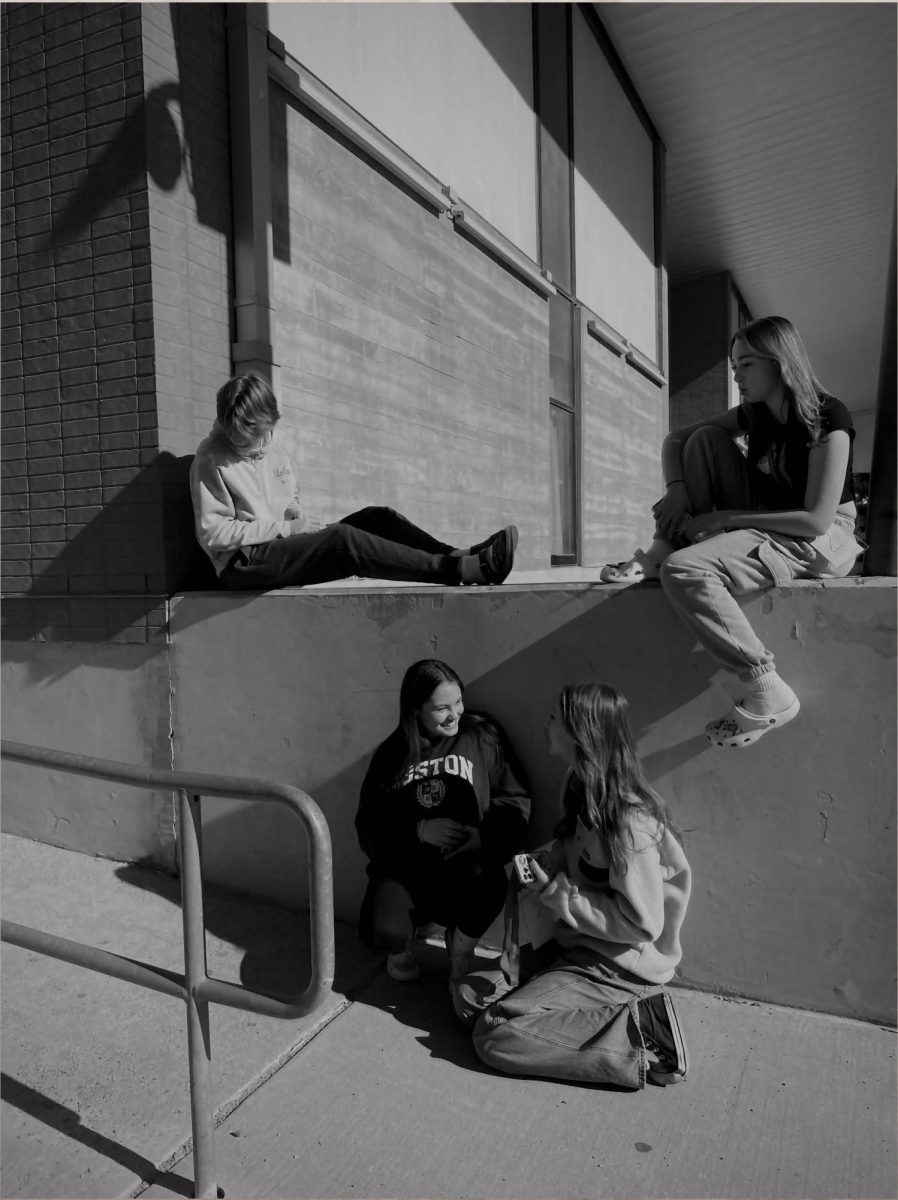
Carlo Hinsdale
David Guttenfelder’s bio:
- Career spans more than 25 years
- Advertisement, documentary, and mobile photography
- Worked in Japan, India, Israel, Ivory Coast and Kenya
- Over 40 trips to North Korea alone
What he is famous:
- Instagram photographer of the year
- Displayed in multiple museums
- Frequent keynote event speaker
David Guttenfelder photo inspiration:
View this post on Instagram
My emulation:

Harper Maxwell
How Bernice Abbott became famous:
- Born in Springfield, Ohio (1898) but moved to New York (1918)
- Began as a darkroom assistant for Man Ray in New York (1920s)
- Eventually surpassed him with her own rival portrait studio (1920s)
- Returned to New York to capture architecture in the city (1929)
- New York was rapidly changing
- Contrasted old and new, focused on skyscrapers and brick tenements
Recurring aspects of her work:
- Negative space is very prominent
- Photos are so clear due to long exposure times
- Her work contains variety
Bernice Abbott photo inspiration:
View this post on Instagram
My emulation:
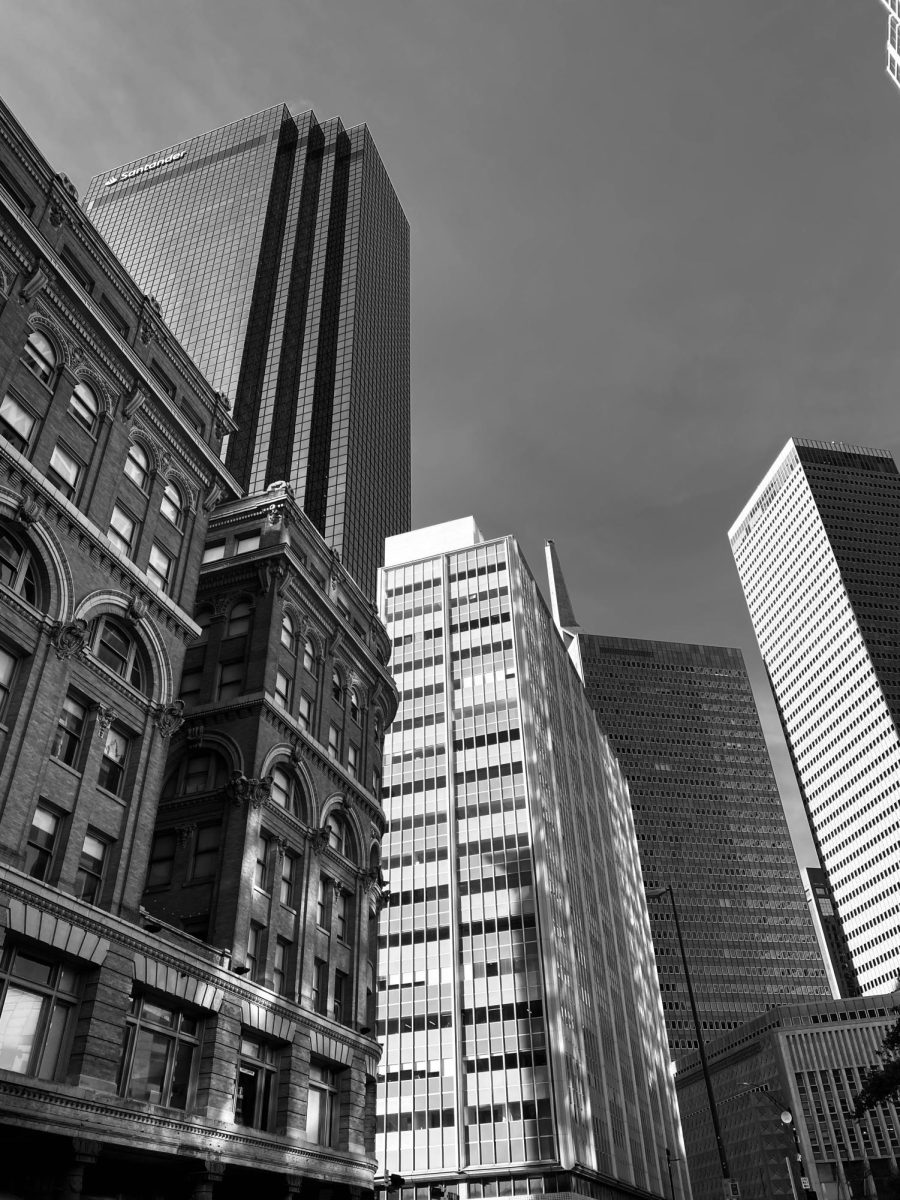
Katie Hyzak
Why Karl Blossfeldt is famous:
Karl Blossfeldt is best known for his precise and magnified photos. His first photo book is one of the most significant of the 20th century. His images won him acclaim from
the champions of New Vision photography. He is one of the first photographers to build his own camera, and he worked at the Museum of Decorative Arts where he taught
about design and patterns found in nature.
Why I chose him:
Blossfeldt had an ability to create intricate and close-up images. It’s interesting that he created his own camera, and I share his interest in botanical work.
Karl Blossfeldt photo inspiration:
View this post on Instagram
My emulation:
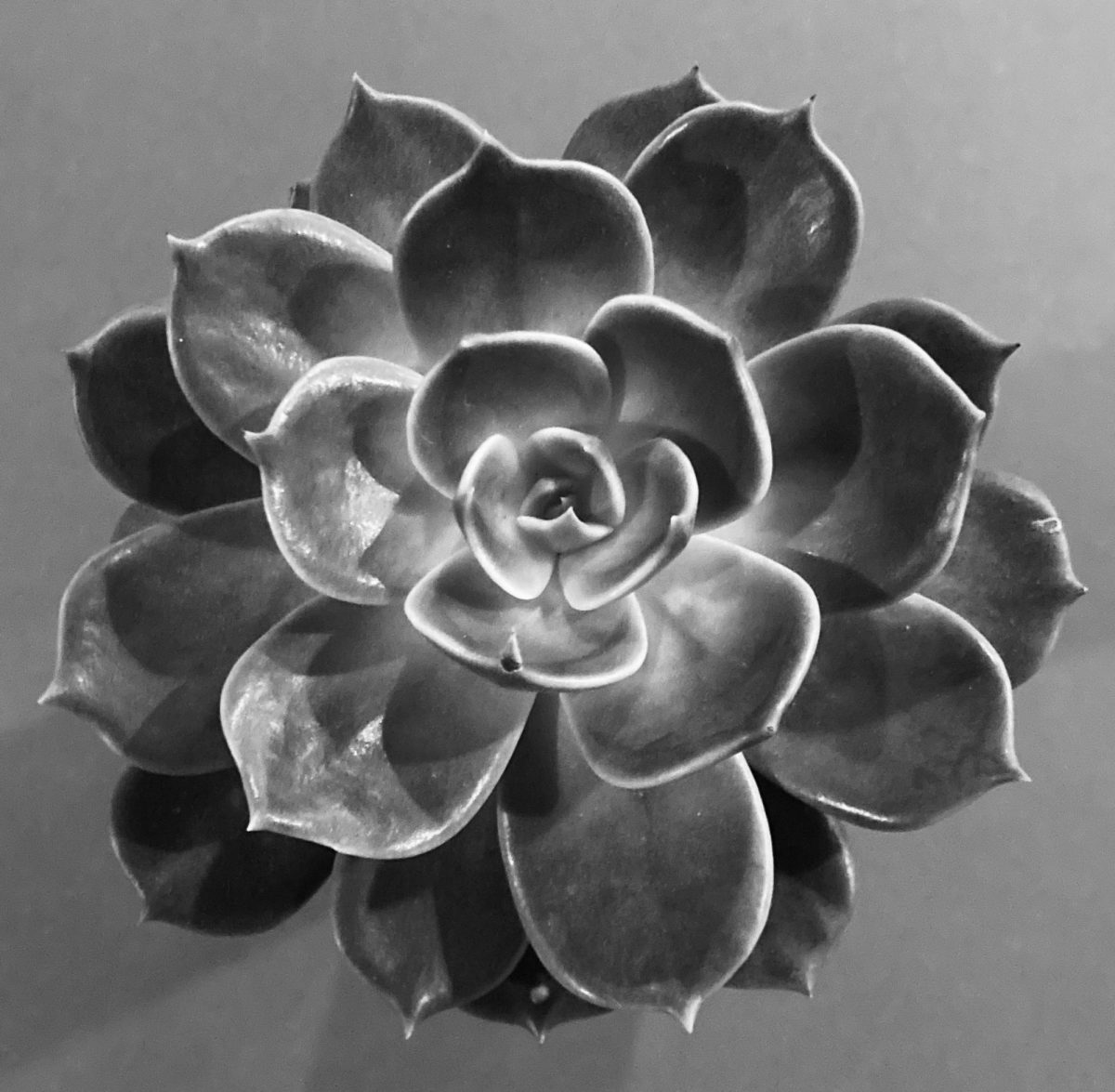
Cash Sims
Why Minor White is famous:
Minor White contributed to the photographic world by founding the “Aperture” magazine. This magazine is still ongoing and contains the works of established and upcoming photographers. Aperture still remains to this day one of the biggest photography-oriented magazines, though aside from that has taken a small fall from grace in the wider mainstream media.
Why I chose him:
I chose Minor White due to his listing stating that he did nature photography. I have a soft spot for natural structures like trees, flowers, and just plants generally and I really wanted to take photos of those. I ultimately stuck with him because you can just feel his curiosity in his photos, taking them in order to see the texture of various plant life up close and grasp a further understanding of them, I find this curiosity relatable and decided to let my own free. I believe my photos embody a similar curiosity with the close-ups of the plants, truly allowing you to see the intricate textures of the plants.
Minor White inspiration:
View this post on Instagram
My emulation:

Elli Grace Hodges
Why Edward Steichen is famous:
- Steichen painted and worked in lithography before starting photography in 1896.
- He helped to create the photographic division for parts of the army.
- He was the key figure of 20th century.
- Invented what is now known as fashion photography.
- One of the most influential figures in the history of photography.
Why I chose him:
- When I was going through his photo gallery I noticed a wide variety of pictures which drew me in.
- It was interesting to see the 20th century style of fashion and photography.
- I felt really inspired by the fact he was a fashion photographer because I love clothes and dressing up.
Edward Steichen inspiration:
View this post on Instagram
My emulation:
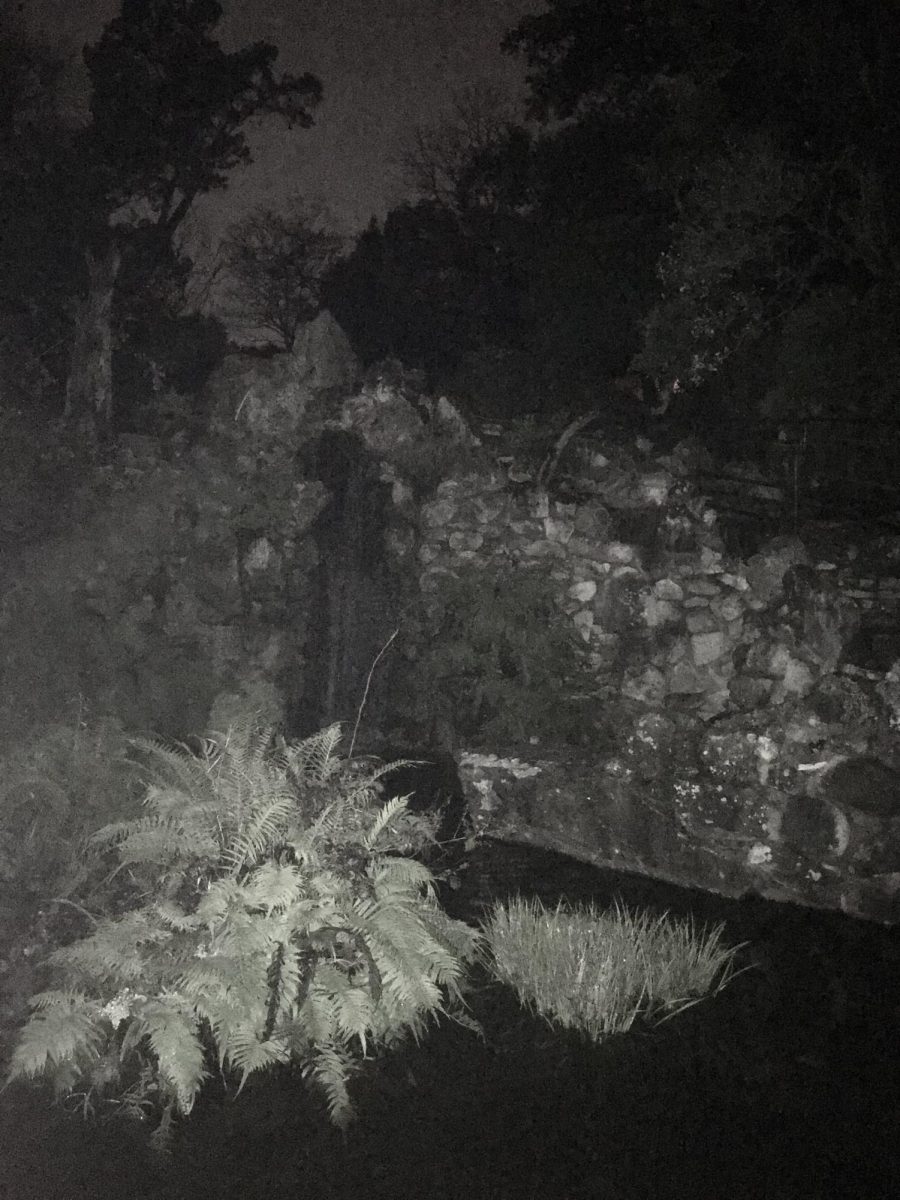
Sophia Manos
Why Philippe Halsman is famous:
Philippe Halsman is famous because of his work on major magazines, such as 101 covers for Life Magazine, where he got to meet various celebrities.
Why we chose him:
I chose him because out of all the photographers that I’ve seen before, he has a very unique element to each of his photographs that I don’t see very often.
Philippe Halsman inspiration:
View this post on Instagram
My emulation:
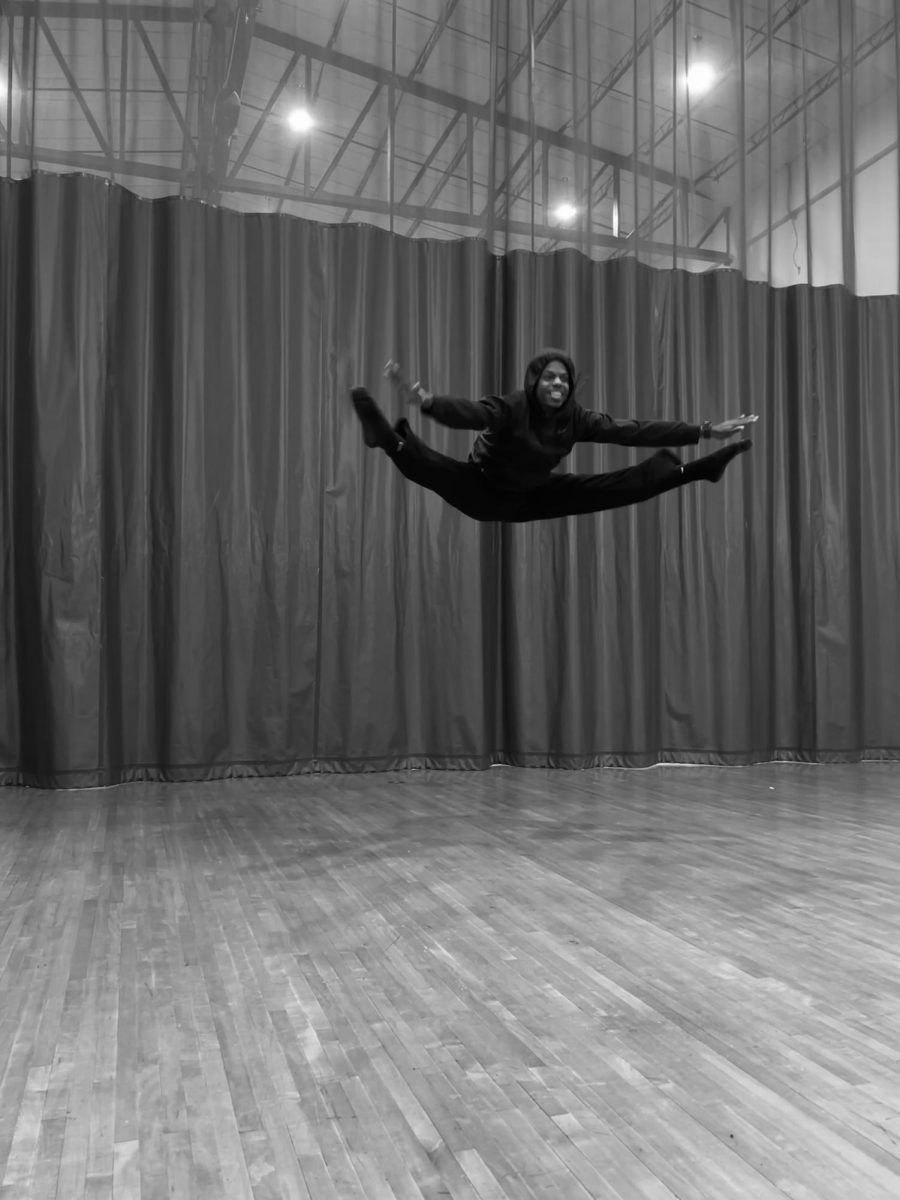
Olivia Dungan
Why Lauren Greenfield is famous:
- Named best visual storyteller by The New York Times
- Emmy Award-winning photographer/filmmaker
- Has specialized in consumerism, youth culture, gender for 25 years
Why I chose her:
- Authentic work
- Subtle political statements
- Emotion
Lauren Greenfield inspiration:
View this post on Instagram
My emulation:
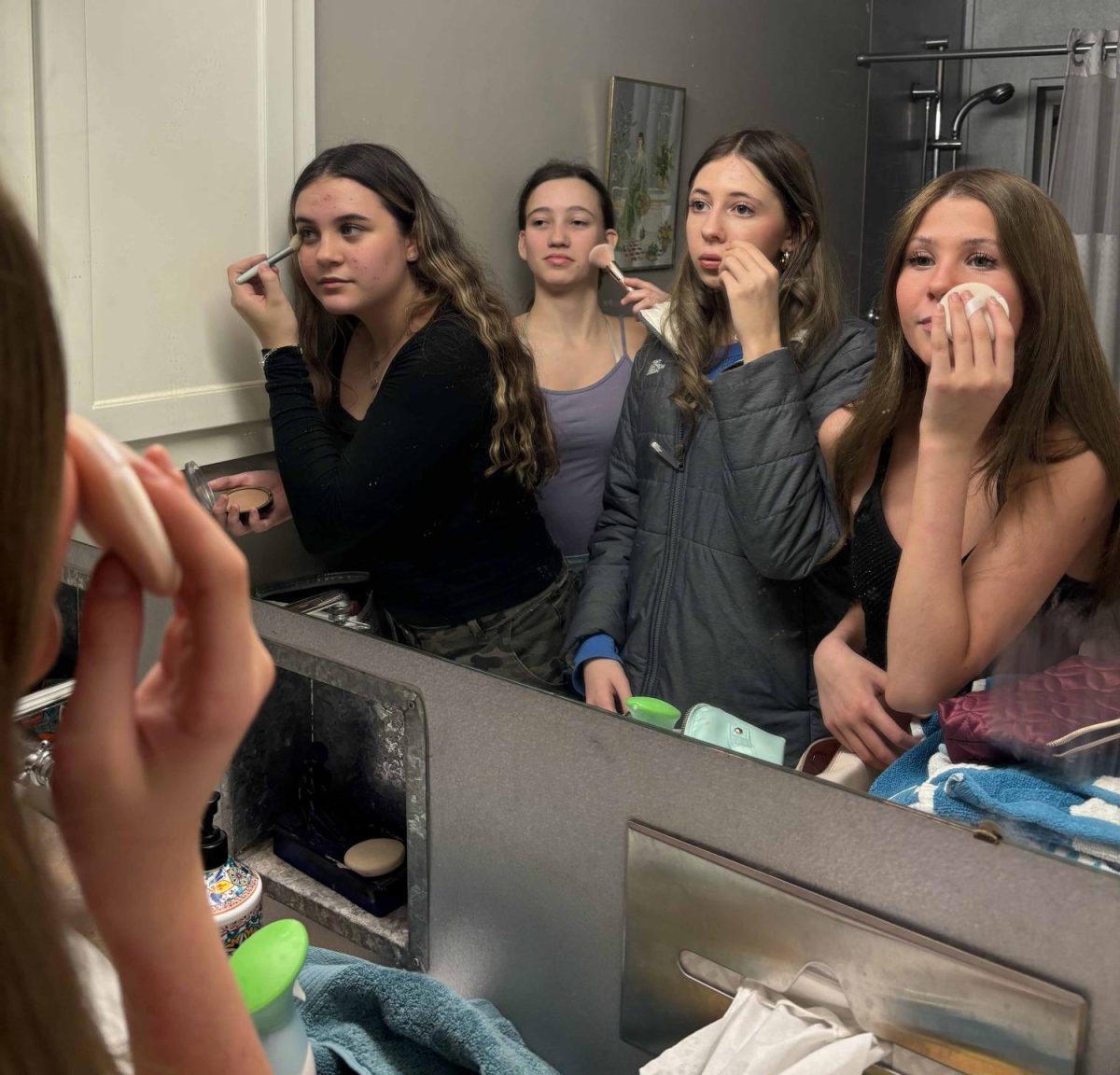
Vivian Moore
Man Ray’s claim to fame:
- Started in the Dada movement after WW1
- Started making Rayographs 1922
- Joined the French surrealist movement
Man Ray’s surrealistic style:
- Hand close-ups
- Abstract portraits
- Abstract objects that focus on playing with light
Man Ray inspiration:
View this post on Instagram
My emulation:
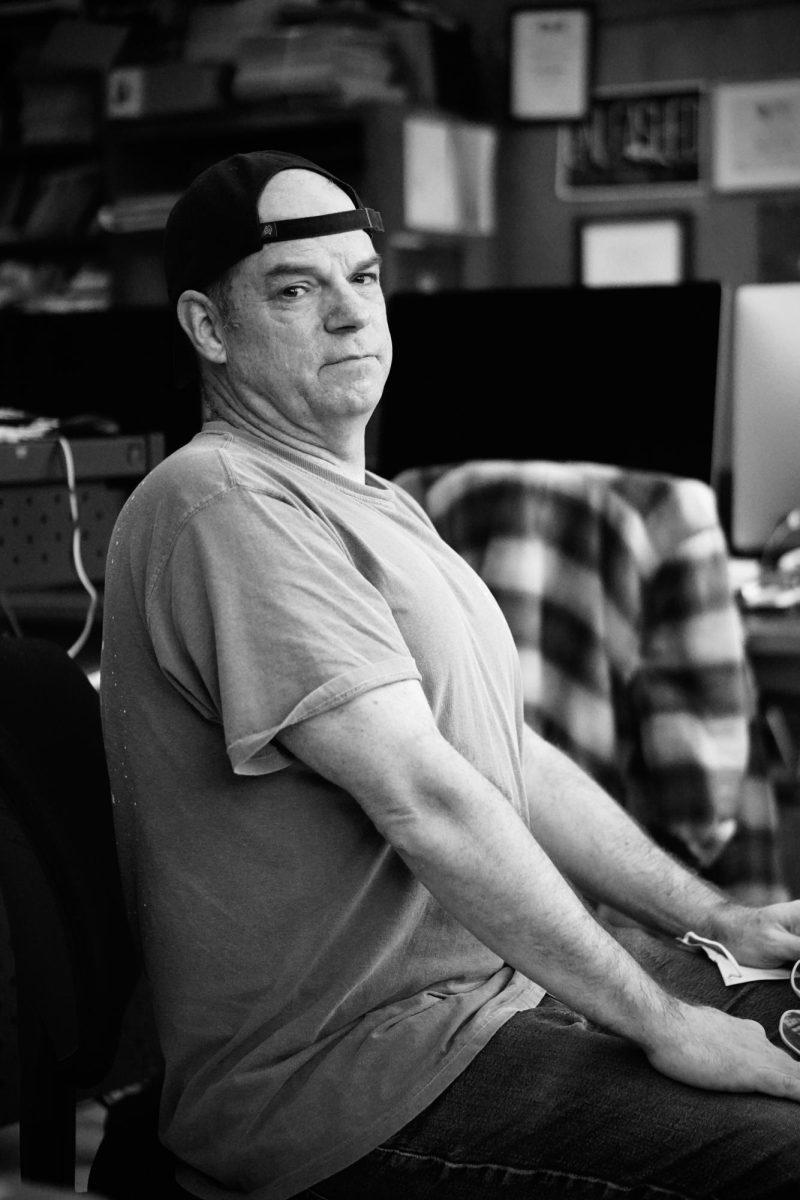
Aubrey Macedo and Katie Martin
Why Dane Shitagi is famous:
The Ballerina Project was started in 1999 and has become a phenomenon of a series that features ballerinas outside the studio, often on the streets of New York City. It is a series of over 170 photos, created over the course of 10 years.
Why we chose him:
We chose Dane Shitagi because we were drawn to the ballet photos, and thought that it would be really fun to emulate them because we have such a great dance department at Maccallum and a ballet class in the same period as this class. We loved the artistic differences between all the photos even though they all have similar subjects.
Dane Shitagi photo inspiration:
View this post on Instagram
Our emulation:
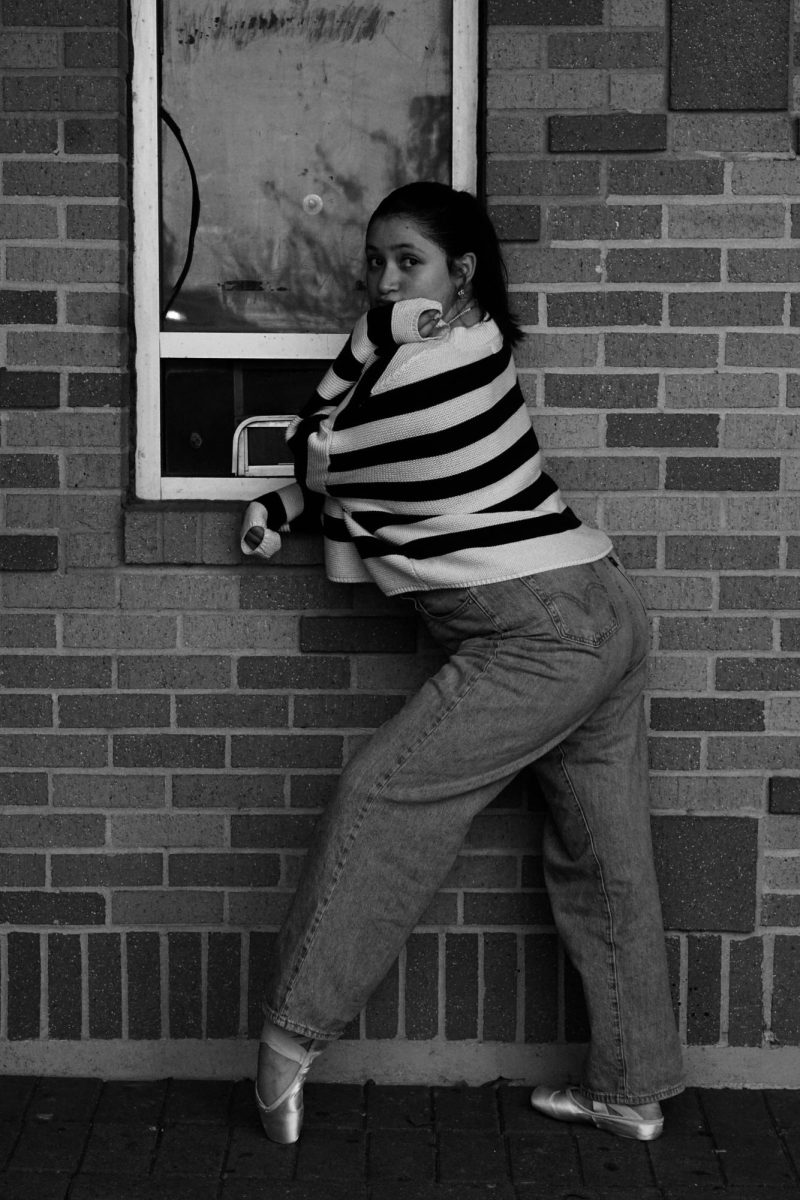
Dane Shitagi photo inspiration:
View this post on Instagram
Our emulation:
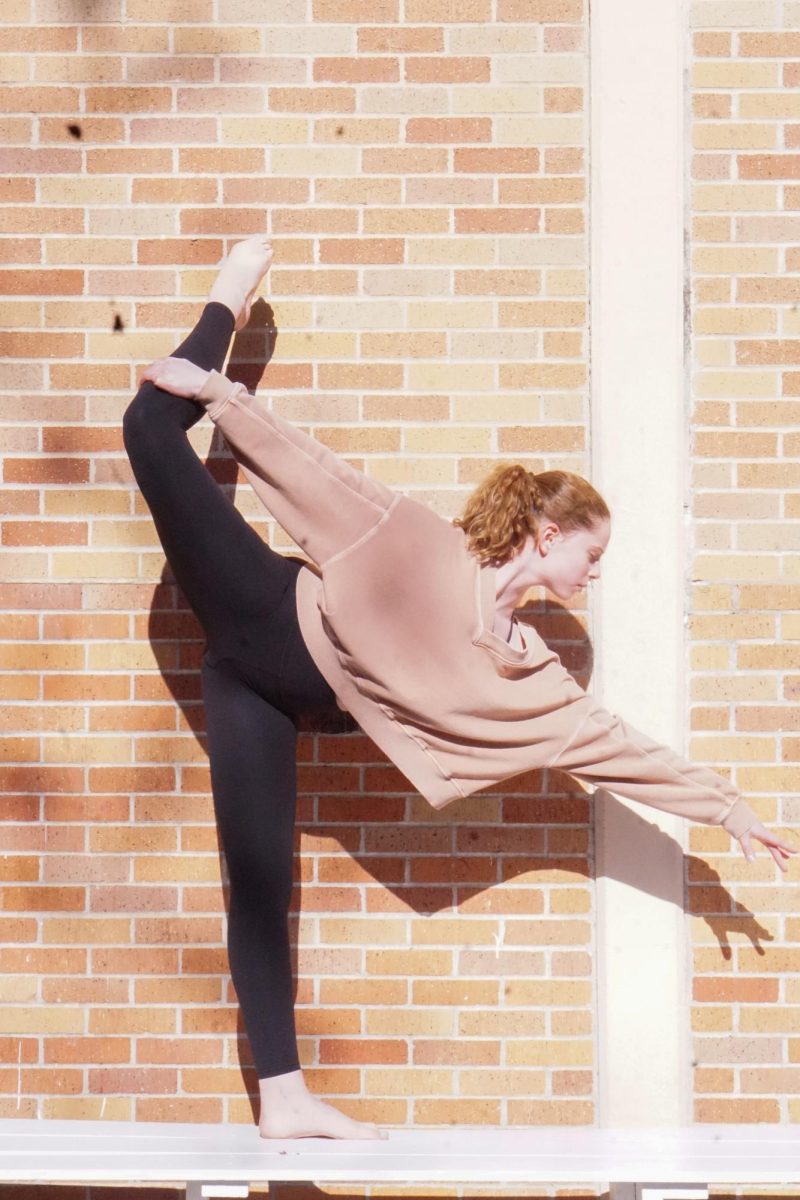
Another photo we took:
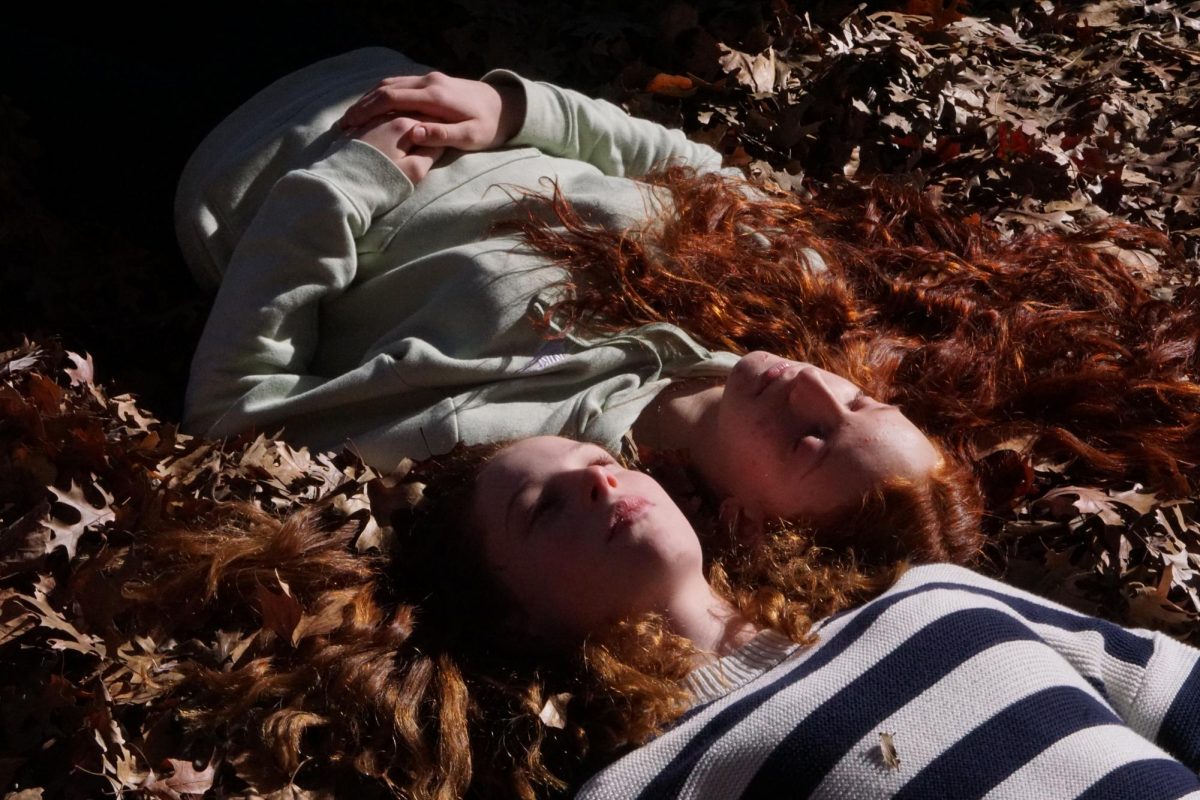
Beatrix Lozach
What makes Cecil Beaton unique:
Beaton was instrumental in crafting the persona of the “Bright Young Things,” wealthy Londoners and consumers of culture who his childhood bully, notable author Evelyn Waugh, frequently satirized. His preferred medium was black-and-white portraiture.
Beaton used techniques such as backgrounds of unusual origin, such as aluminum foil, mirrors, and plastic wrap in order to convey a sleek appearance and to heighten his subject’s allure. His sets would reflect a crucial component of his subject’s reputation, such as a throne for Queen Elizabeth the Second or a set for actors such as Audrey Hepburn.
Beaton often emphasized the inherent contrast in black and white portraiture through strategic overexposure, which often had the effect of highlighting bone structure. He also preferred his subjects to dress in black or white, a tendency which is evident in his portraits of Greta Garbo and Marilyn Monroe as opposed to Marlene Dietrich and Maria Callas.
Prior to taking their portrait, Beaton would meticulously analyze his subjects for their perceived defects. He was immensely critical of the appearances of such notables as Marlon Brando, and relayed this in his diaries, but conversely often flattered the appearances of this subjects.
Black backgrounds and clothing often served to slim down his subjects, and his subjects always arrived to his shoots fully dolled up. While this aspect of Beaton’s photography was not fully within his control, it has served to characterize his photography.
Why I chose him:
Apart from the love of glitz and Anglophilia imparted on me by my grandfather, who adored Beaton’s photography, I was drawn to Beaton because of his unusual ethos. He did not humanize his subjects and did not fall prey to the vulgar theatrics occasionally employed by contemporary portrait photographers I otherwise respect, such as Annie Leibovitz (see the Miley Cyrus portrait) and David LaChapelle (see the Madonna portrait.) Yet, Beaton didn’t dehumanize his subjects either. He afforded them the rare luxury of apotheosis in a culture that is determined to build up public figures and tear them down. There is something alluring about the idea of an artist or world leader thriving at their peak, immortalized forever because of one photographer’s tenderness. He deliberately used the personae of his subjects (such as the dandyish costumes of Marlene Dietrich or the bubbly ingenue qualities of Marilyn Monroe), but did not exploit them for the cheap satisfaction of a stereotype. In all of his photographs, his subjects look capable—never flimsy, never uncomfortable. On some level, I believe that Beaton understood that while the public craves a scandal, we need the stability provided by the upper echelon of pop culture icons in order to teach ourselves about our societal values.
Cecil Beaton inspiration:
View this post on Instagram
Above is a photo of acclaimed actress Julie Andrews circa 1959 by Cecil Beaton. Here, Beaton employs the technique of reflective surfaces that would revolutionize the world of portrait photography and go on to influence his colleagues at Vogue and Vanity Fair, such as Angus McBean and David Bailey.
My emulation:
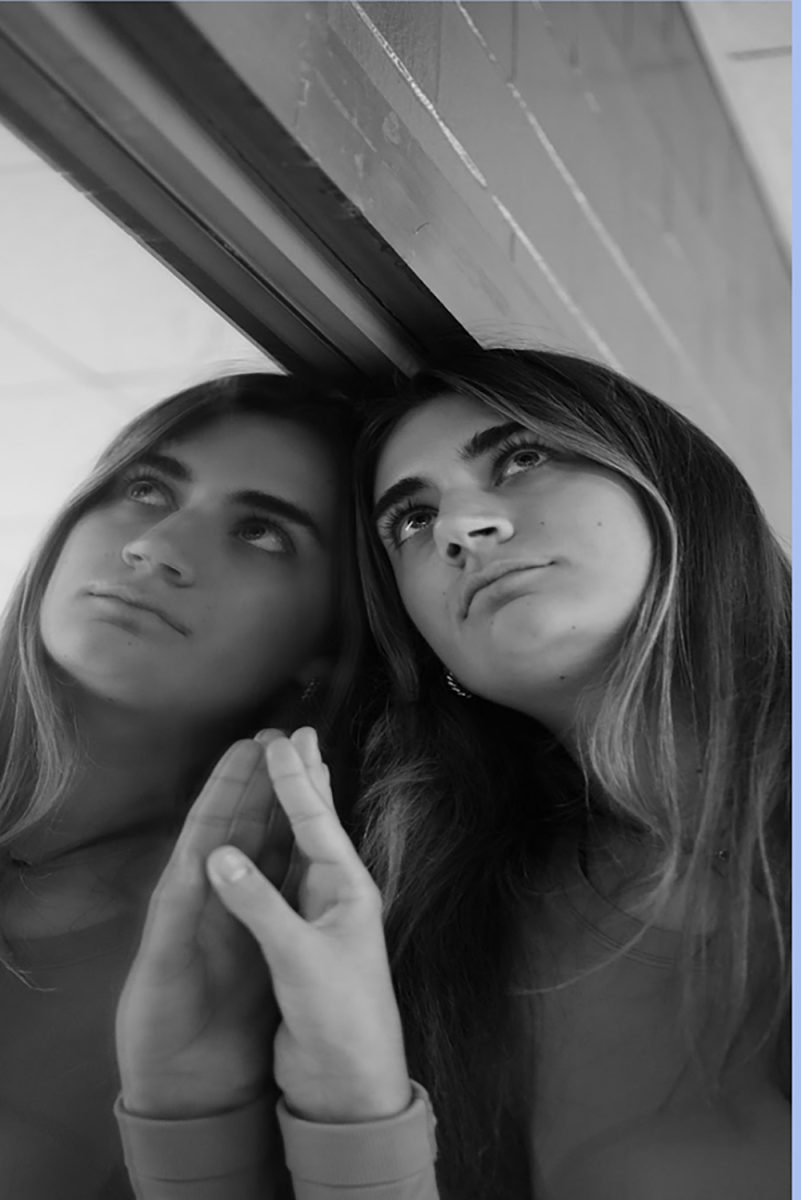
Sophia Lopez
What Paul Caponigro is significant:
Paul Caponigro, a prominent American landscape photographer, was born in Boston in 1932, and began to be especially interested in photography at the age of 13. He had a variety of hobbies other than taking pictures, including music, which led him to be a student of Boston’s University College of music in the 1950s. Later, Caponigro decided to focus on photography at a school in California. (Noticeably, this was the same school where fellow photographer and naturalist Ansel Adams established a photography program). Caponigro’s work is mainly of natural landscapes, forms, and still lives. He photographed Stonehenge, gardens in Japan, as well the deep woods of New England. Caponigro earned two Guggenheim fellowships, three NEA (National Endowment of the Arts) grants, and the Royal Photographic Society’s Centenary Medal and Honorary Fellowship in 2001.
Why I chose him:
I was immediately drawn to Paul Caponigro’s method of photography that had so much emphasis on light and darkness, as well as natural forms, landscapes, and still lifes. His pictures are varied, from hushed pictures of a creek to still lifes of fruits, bowls of shells, and anything with an organic shape. It seems very poetic and tranquil, which I was fascinated with.
Paul Caponigro inspiration:
My emulation:
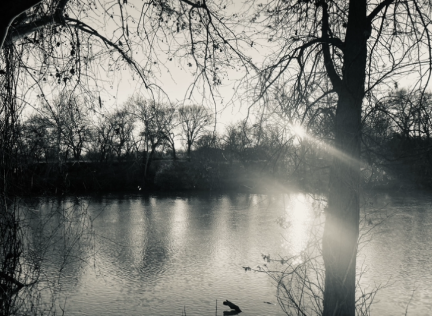















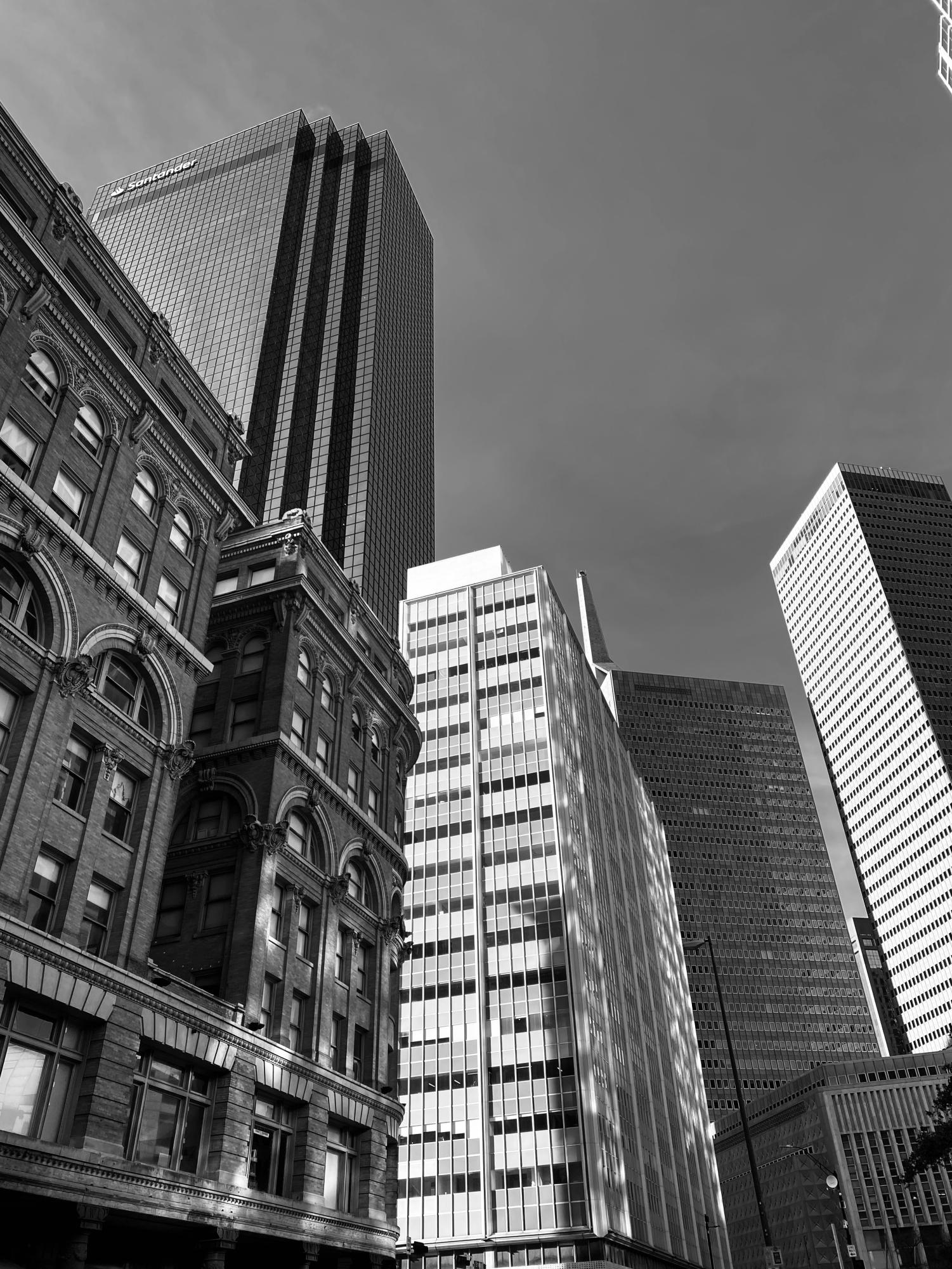
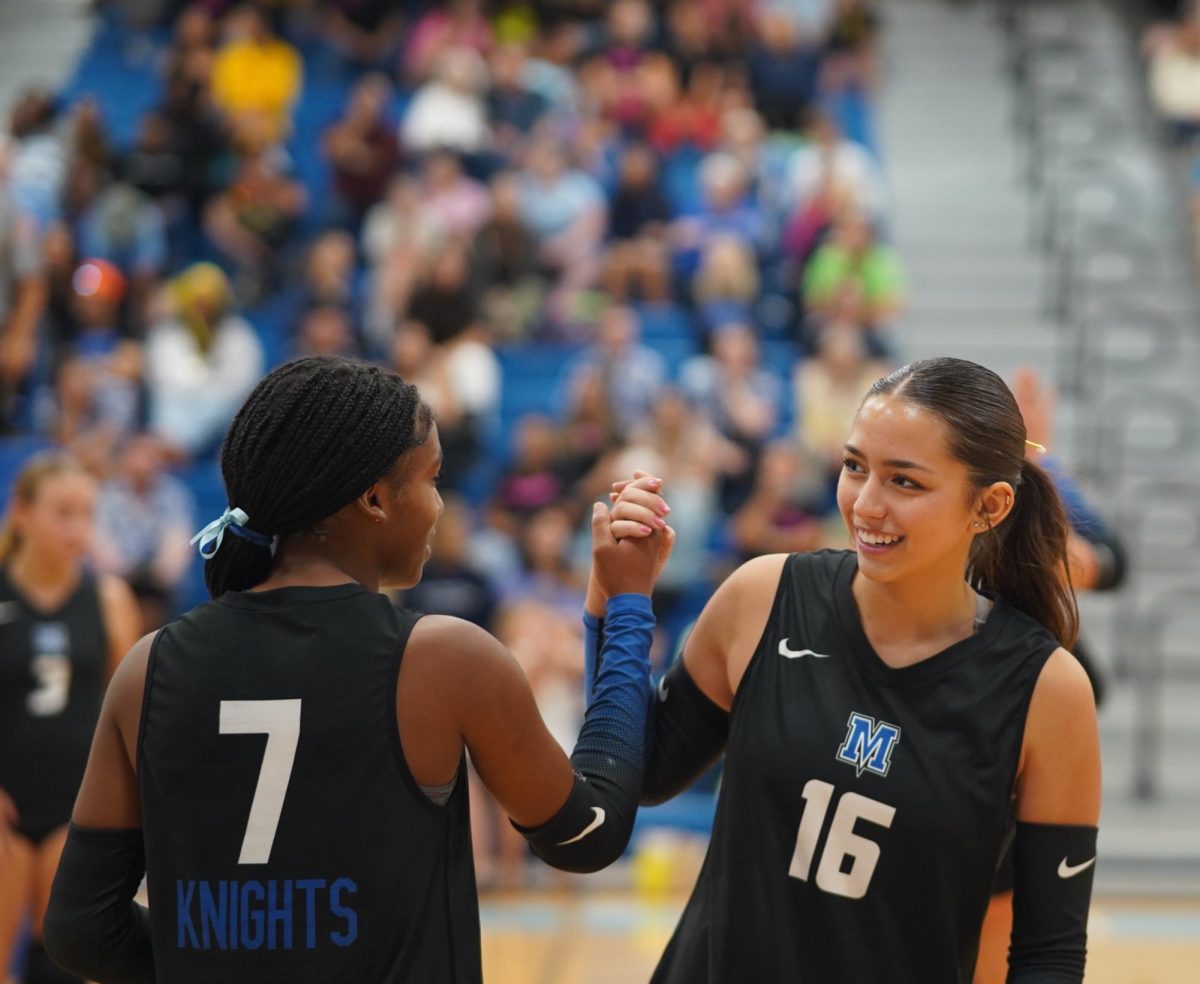

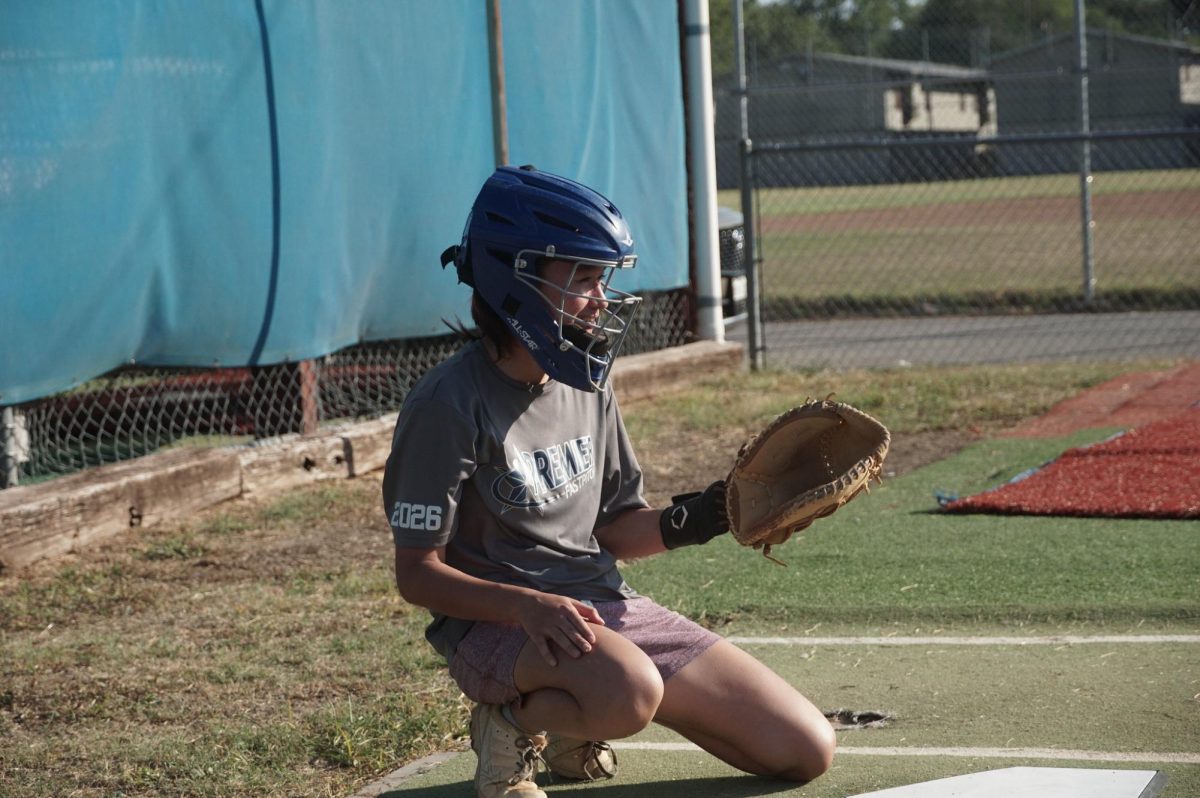

![ONE LAST BATTLE CRY: Senior Valeria Villafuerte-Perez celebrates with her friends after the senior class won the spirit competition. At each pep rally, a different game is played with volunteers from the crowd. Villafuerte-Perez was nominated by her friends to play a game in which the goal was to snatch a pom-pom from an opponent.
“Before school started, my friends and I had talked about going all out for senior year, so I told them to nominate me for a game since it was our last [Shoal Creek Showdown] pep rally,” Villafuerte-Perez said. “I wasn’t really scared to go down to the floor in front of the whole school, all I was focused on was getting the crowd hyped for the game.”
Villafuerte-Perez entered the game determined to win. After several rounds, as there were just two people left, she managed to snatch the last pom just in time, in order to secure a victory for the senior class.
“I was really happy I won the game for the class of 2026,” Villafuerte-Perez said. “Honestly, I just wanted to win because seniors rule.”
As this was her first pep rally as a senior, the event carried extra meaning to Villafuerte-Perez.
“Being in the stands as a senior feels very surreal,” Villafuerte-Perez said. “I still remember my first pep rally, and now I’m a senior having my last pep rally, I think in that moment it really set in that I’m a senior, and that I’m going to graduate soon.”
Caption by Sophia Manos. Photo by Julia Copas.](https://macshieldonline.com/wp-content/uploads/2025/09/54750679693_5f7d007e27_o-1200x675.jpg)
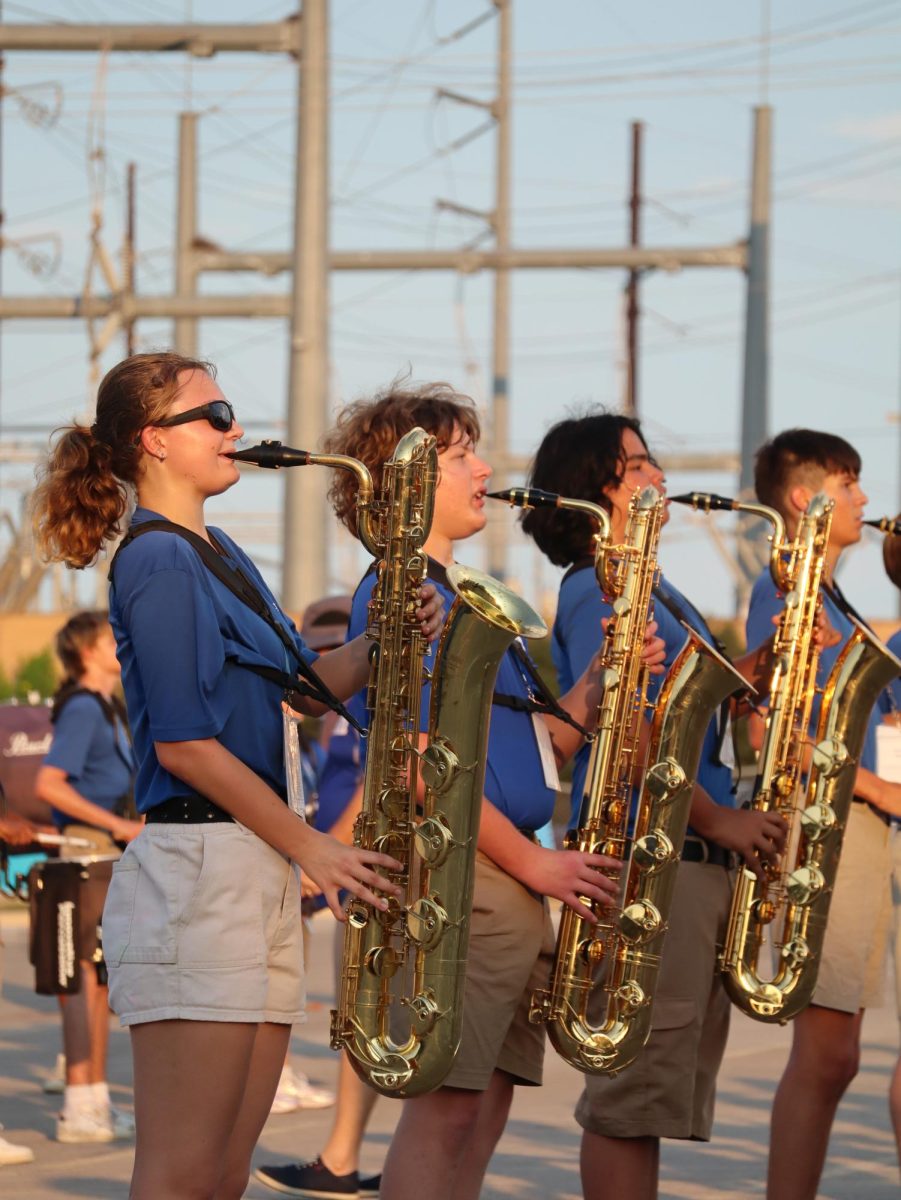

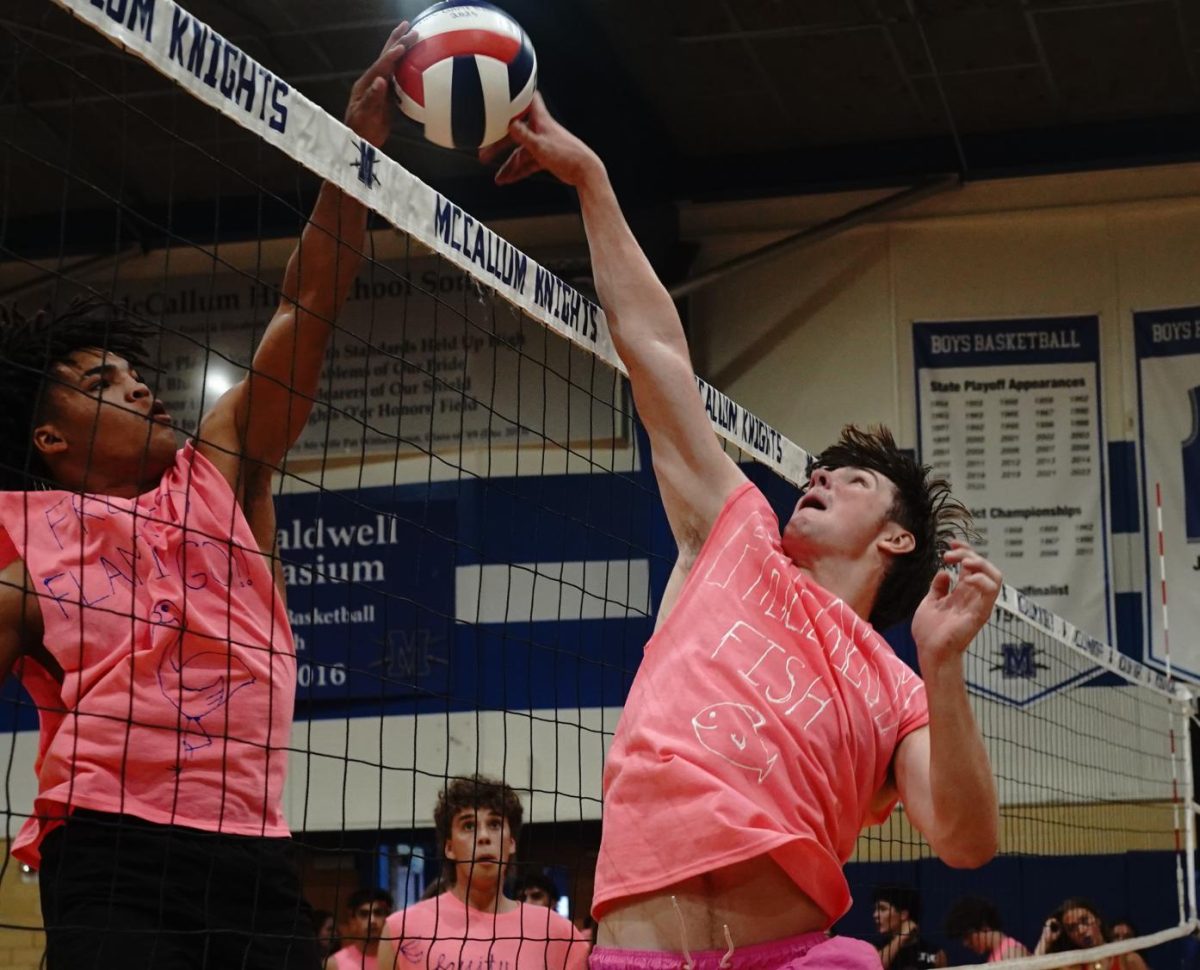
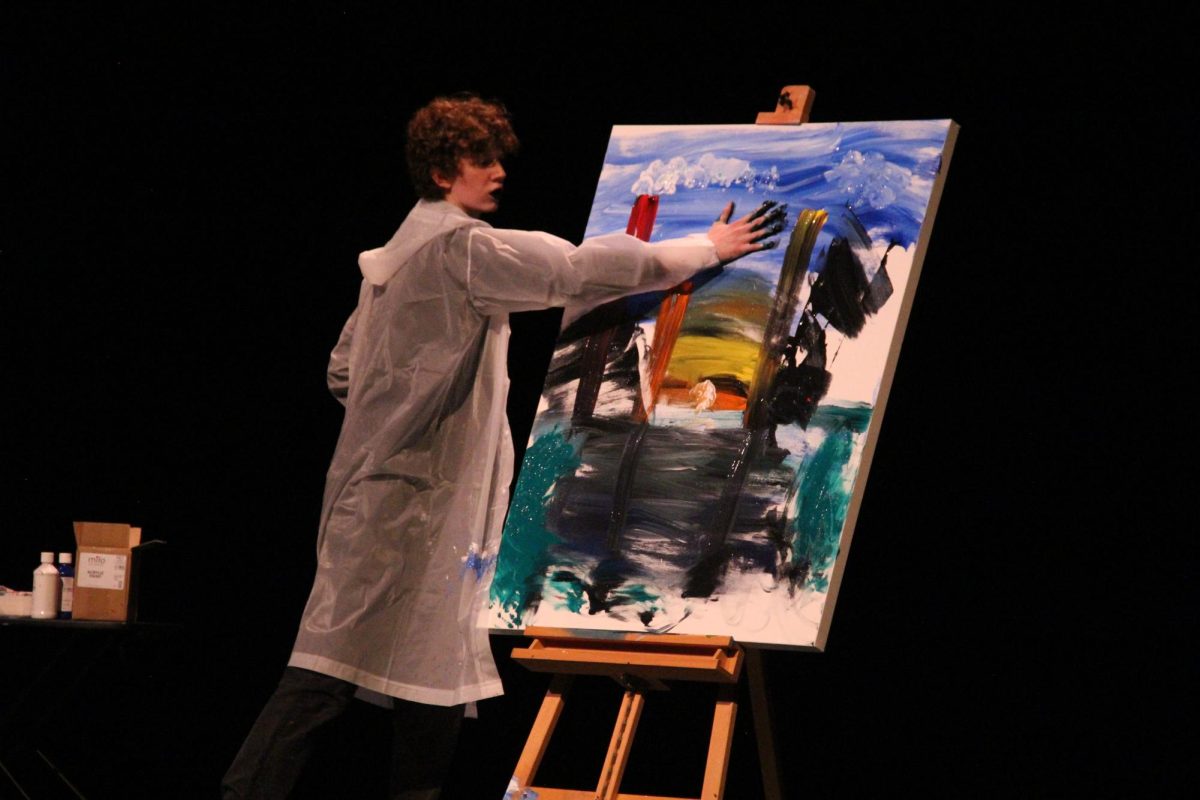
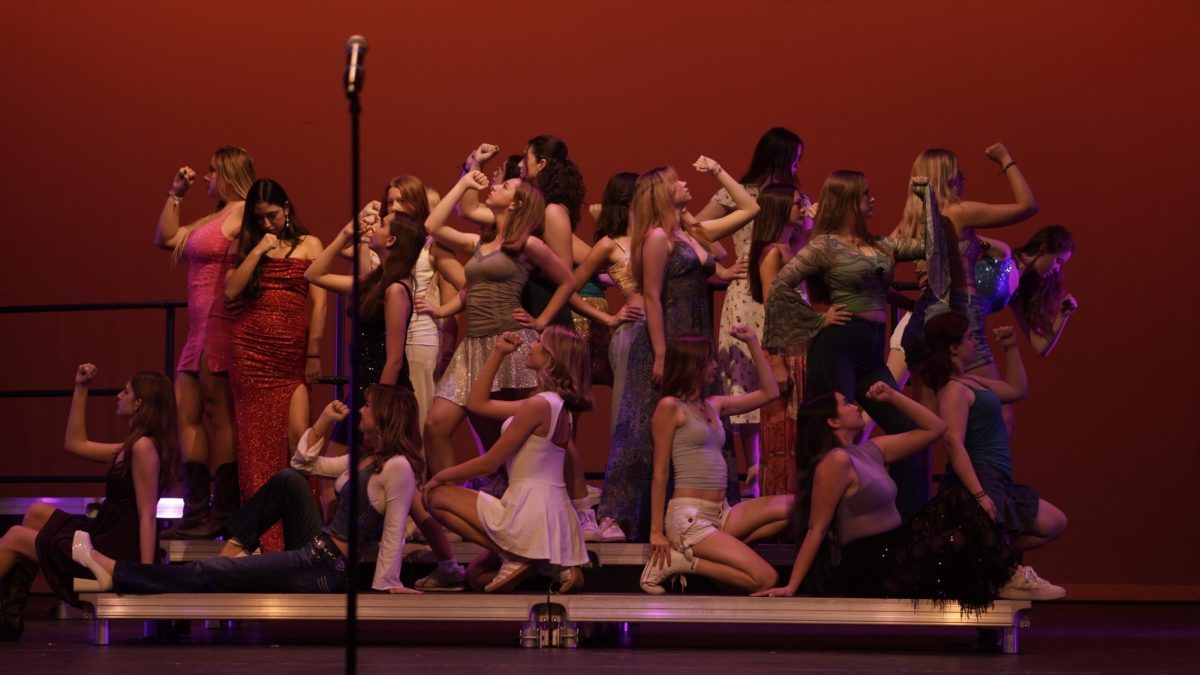
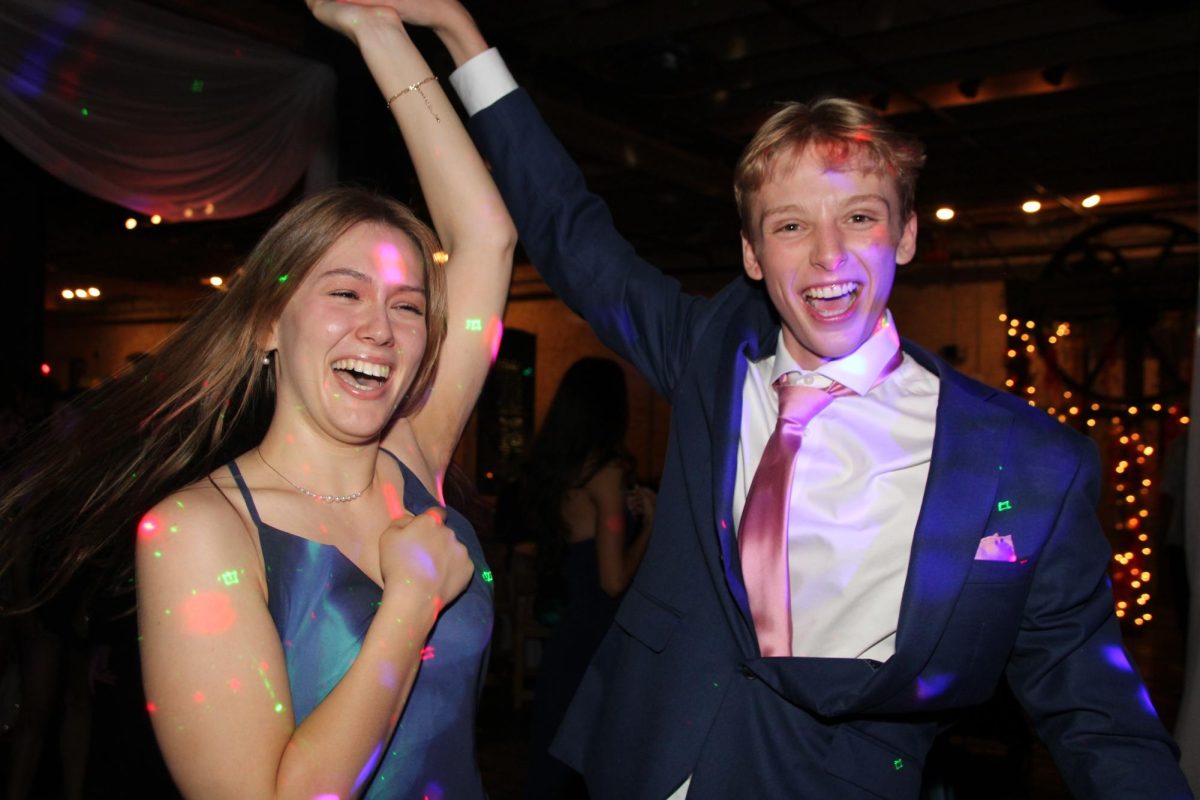
![WORKING TOGETHER: McCallum Dance Company performs the student-choreographed “Dancing with Death” during last Tuesday’s dress rehearsal before the spring dance show. Sophomore Pia Sosa performed in five different numbers during the show and thought that everything went well even despite a few challenges.
“I was getting a little worried closer to the end because there were still a lot of changes happening and people getting shuffled around into places,” Sosa said. “But by the tech week and by the shows, it really felt like we all worked together and came together.”
Sosa’s favorite part was performing “Come Play,” which was choreographed by junior Maya Tien. Sosa loved being able to work with Tien because of her level of preparation and being able to perform hip hop, since the dance company does not perform that style as much.
“It’s the first number I do in the show, and I always just felt like it gave me so much energy,” Sosa said. “It felt really good because we rarely do hip hop, so it just felt like such a great opportunity to do something that I don’t get to do all the time.”
Sosa explained that there were some challenges due to sudden changes in several pieces, however Sosa said she was proud of how the company responded as a whole.
“Everybody put their best foot forward and pushed through any challenges that they were having,” Sosa said. “I’m really proud of how the company handled it all.”
Overall, Sosa said she is grateful for all the work put in by the dance directors and the student choreographers for producing the show.
“We couldn’t have put the show together without [them],” Sosa said. “Mac dance is amazing and I can’t wait to choreograph next year.”
Caption by Riley Pita. Photo by Harper Maxwell.](https://macshieldonline.com/wp-content/uploads/2025/04/54471134934_215f07dcfb_o_54485123147_o-1-1200x800.jpg)